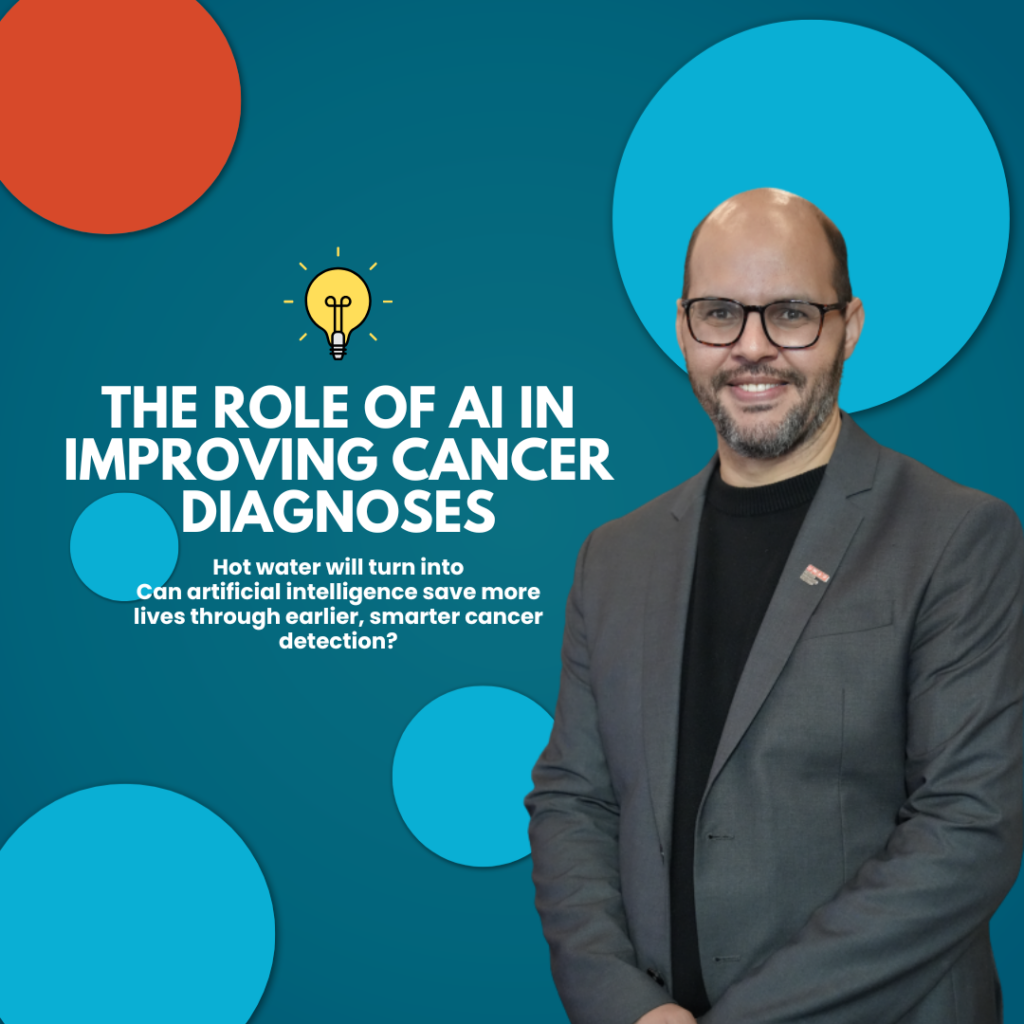Professor Rachid El Fatimy explores how artificial intelligence is transforming oncology—from early detection to personalized care.

Cancer is still one of the world’s most lethal diseases, having killed almost 10 million people in 2020 alone. The numbers are only set to grow, with more than 35 million new cases estimated each year by 2050. In a recent opinion piece, UM6P’s Faculty of Medical Sciences Dean, Professor Rachid El Fatimy, highlights the central role being played by artificial intelligence in this worldwide health fight. By improving the precision of medical imaging and facilitating quicker, data-based decision-making, AI is assisting physicians in overcoming the intricacy of cancer diagnosis and treatment.
AI software has been found to be incredibly adept at spotting tumours in MRIs and CT scans, even at early stages that typically go unseen to the human eye. According to one study quoted in the piece, AI can interpret brain tumour scans in three seconds—compared to five minutes for expert radiologists—a breakthrough that could save millions in publicly funded healthcare systems such as the NHS.
Ethical Challenges and the Data Gap
For all the potential, there are also challenges to the incorporation of AI into medicine. The article mentions risks of bias and inaccuracy, particularly where small data sets not representative of large populations are used to train AI systems. Disconnected medical records and variable imaging standards also compromise effectiveness. Initiatives such as The Cancer Imaging Archive (TCIA) are attempting to make data more inclusive and enhance algorithmic consistency.
AI is not taking over from doctors—it’s augmenting them. As Professor El Fatimy asserts, human intuition and judgment remain at the fore of this nuanced, patient-centered field. To provide equitable, quality cancer care, it’s essential to wed AI’s precision with moral leadership, clinician expertise, and partnership-driven policy development.

Leave a Reply